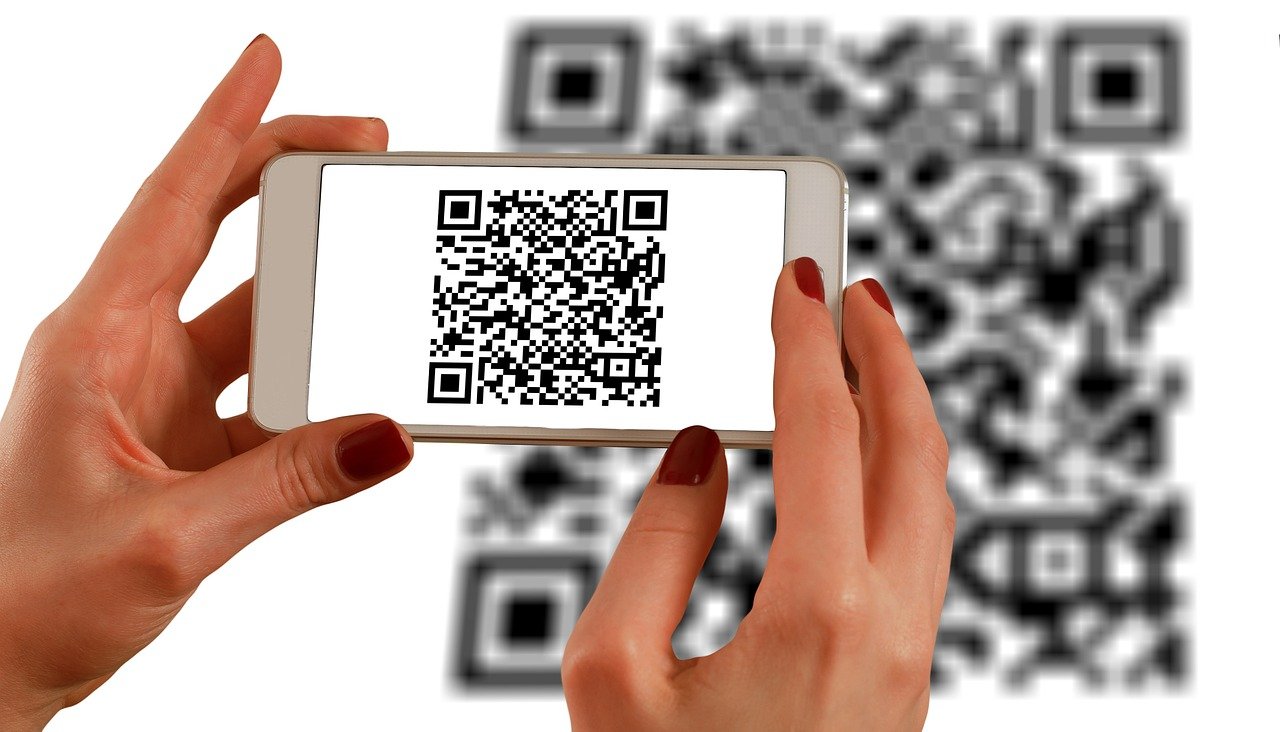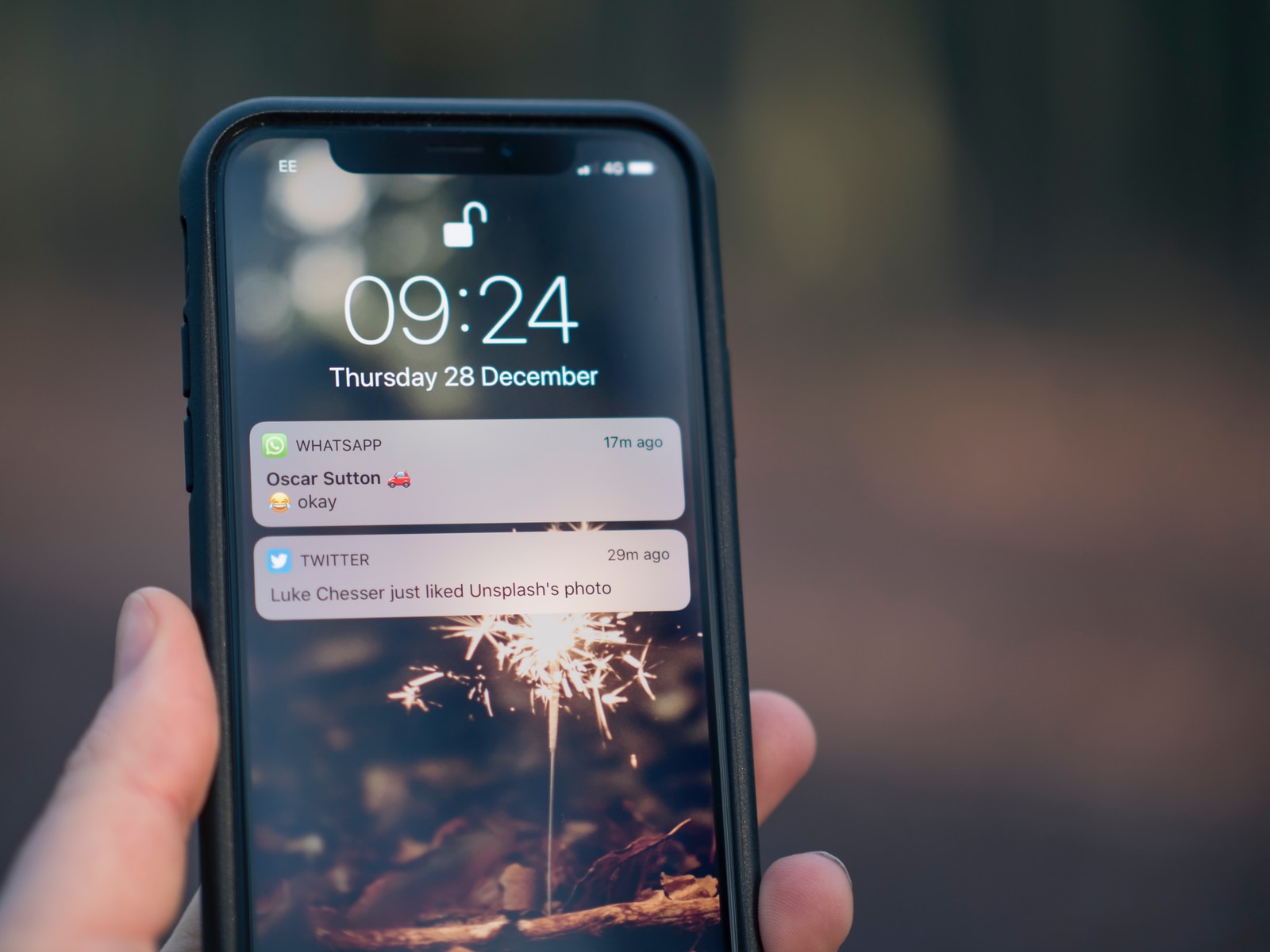Notifium allows you to send notifications to specific individuals or groups of subscribers. And that highlights the two broad ways in which Notifium can be used:
1. Personal subscription.
Whether your customers/subscribers visit your premises, or read some marketing material by you, you can provide them with a method to subscribe to your notifications – for example, a QR code to scan on their phone. That QR code will either direct them to download the Notifium app (if they don’t have it already) and then subscribe them for your notifications, or if they have app already, it will just subscribe them.
It’s not just QR codes
You can also get a link to include in emails or online (your website, social media, etc), or a code that your customers can just type into the app.
Using this approach, it’s likely that you group your subscribers in some way, and target your notifications at the groups. For example, you might segment your customers by their purchases (jewelry vs clothes), so you can later send notifications that might interest them based on their prior purchases.
2. Automated integration with other applications.
If you have a business that runs on another web-based service (like Shopify or Glide Apps for example), you can integrate that service with Notifium via Zapier. The benefit of this approach is that it lets you use automation to generate notifications for specific users – for example, when you’ve shipped their order. All you need is a user ID from the other system (Shopify, for example), and then you can use that to send notifications in future, allowing you to send notifications to specific individuals.
Sending Notifications
When you send a notification, again, you can either log onto our web-based admin panel for a manual approach, or if you have an automated process, you can trigger notifications via Zapier for a more automated approach.
Receiving Notifications
When a notification is sent, your subscriber will first get a standard push notification on their device, the same as they would for updates from Facebook, Amazon, or Gmail. When they click that notification, the Notifium app launches and shows the richer content you create for that notification. This can include much more text, images, and so on (it’s basically a webpage, so can include all the elements you see on standard webpages).
Sharing Notifications
As well as reading the notification, the customer can (if you allow it) share that notification via their other apps (eg, their social media apps, email, SMS), giving you the benefit of some extra word-of-mouth marketing for you at no extra cost.
So that’s the overall process. And, as we’ve said, you don’t need to engage with any development agencies to have your own mobile app developed, supported, and updated. Just leave that bit to us.

